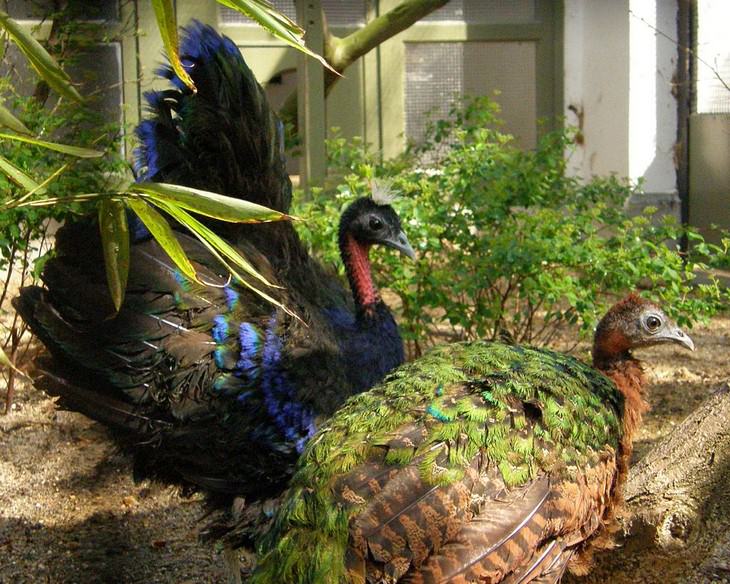
We all know that earth is blessed with an impressive number of special species of animals, which is why it’s completely reasonable to assume that the animal kingdom is full of strange and surprises animals we’ve never heard of before. From the pygmy hippopotamus to the fish that has existed for more than 100 million years, we want to invite you to learn about 14 extraordinary animals that exist in our world.
When they’re born these fish look quite ordinary, but after about 6 months their eyes end up undergoing an upward angle shift, resulting in a rather surprising appearance. Despite its peculiarity, this feature has many advantages, one of which is to help these fish find food, and even though they don’t have fins, they are considered quick swimmers with good maneuverability.
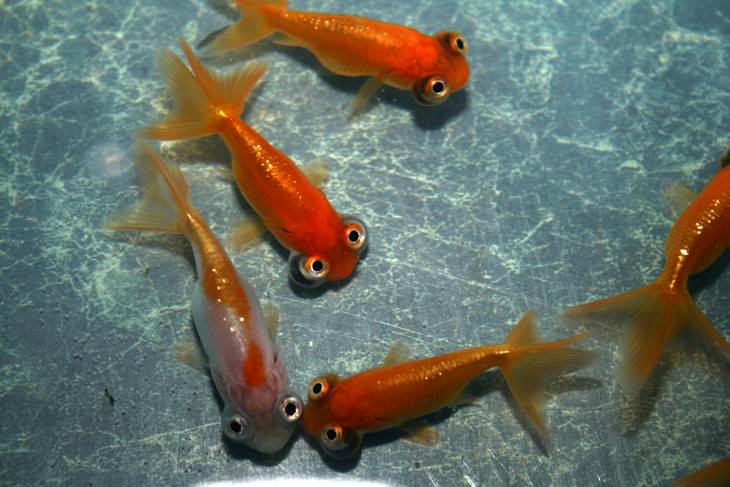
These monkeys have thick golden hair, but their heads are completely bald and their faces certainly help them stand out in almost every situation. When Uakari monkeys are healthy, their skin color is dark red and it will become brighter if they are sick or weak, making them less attractive to Uakari females.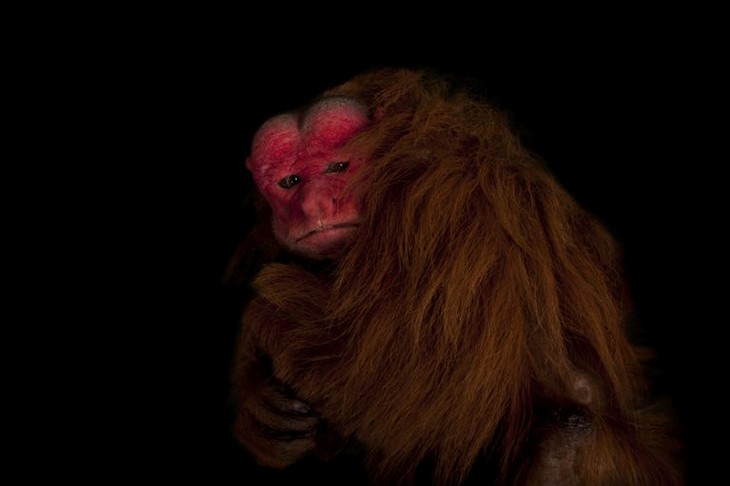
As their name implies, these insect-eating mammals can be found on the island of Cuba, where unfortunately they have been severely affected by the development of the human population and are now in danger of extinction. It is important to note that this is one of the only venomous mammals in the world, and their saliva allows them to devour not only insects but also birds, lizards, and various rodents.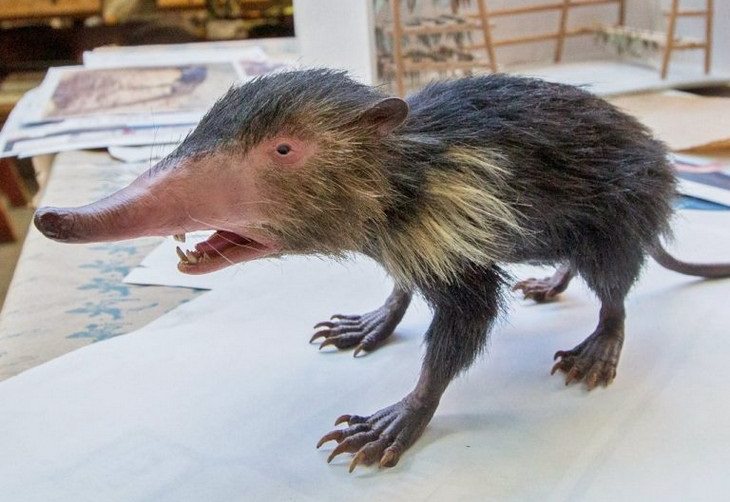
This is the largest inland bird in North America, which boasts an average body weight of 8-9 kg and a wingspan of 2.5-3 meters The California Condor currently lives only in the Grand Canyon and Zion National Park in the United States, where they usually fly 250 km in a day, and sometimes even more, in search of carcasses which they eat. 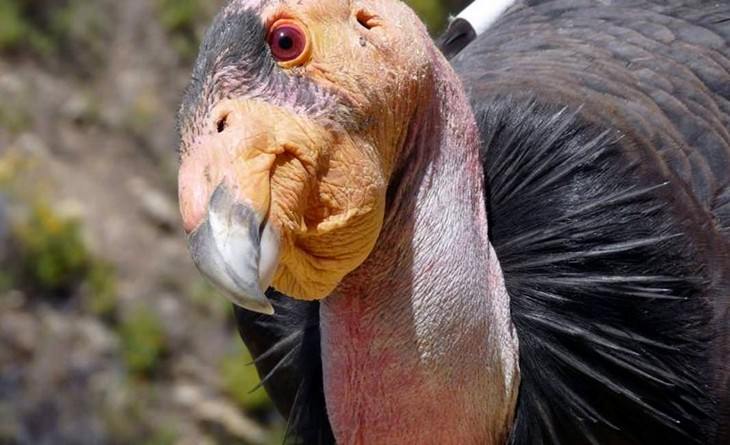
These monkeys have two main characteristics worth noting, the first of which you can easily identify in the picture. Beyond the nose that gives them their name, these monkeys are also special because of their upright walking, which is typical of the way they travel on land and cross shallow water crossings, even though they are considered skilled swimmers. 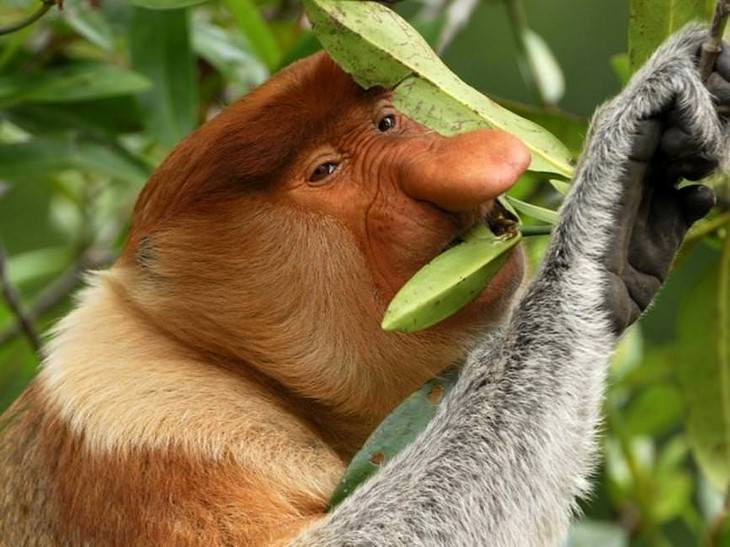
This bat is one of the largest Micro bats in the world, and when you attach large ears, a threatening nose, and strong teeth to this creature, you get something that no one would want to encounter on a dark night. Fortunately, these flying mammals live only in Australia, and at night they hunt not only insects but also mice, birds, big reptiles and other bats that they kill by biting them on the neck. 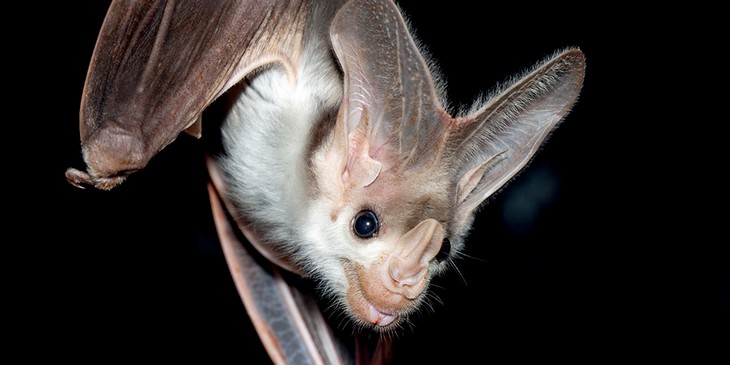
At first glance, it is difficult to decide whether this animal is a lamb or an ox. The Muskox can be seen throughout Greenland, northern Canada, and Alaska. The males of these “lamb-ox” have glands under their eyes which emit a strong musk smell after they scratch them, specifically for attracting females during mating season. 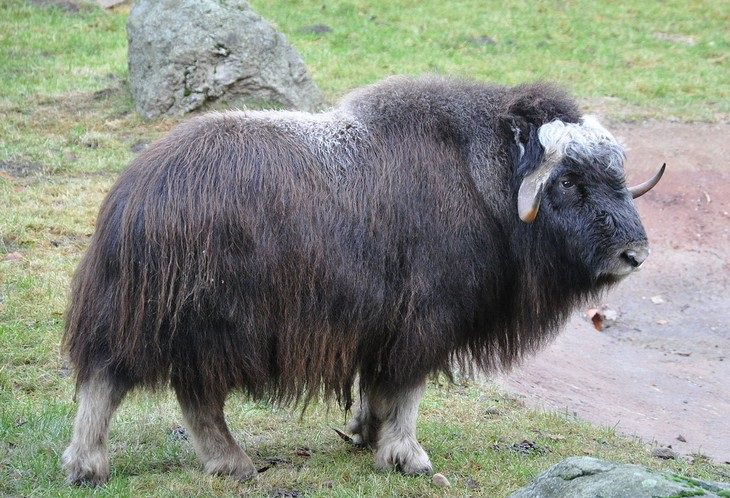
Despite its name, this mammal is actually a single species in the dolphin family with a close connection to the killer whale, as well as a predator animal whose main food is squid. The body structure of this animal resembles a torpedo due to its rounded head, usually gray in color which distinguishes it from the rest of its body. 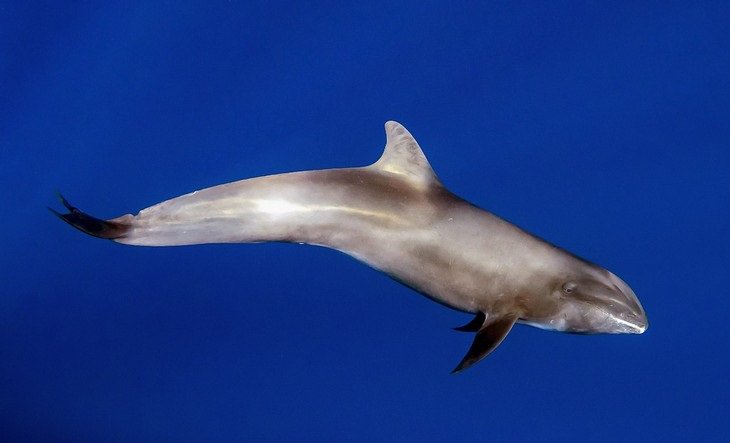
Despite the misleading name, this is a kind of rodent belonging to the hamster family, which explains its impressive fur and long tail. Under its black and white fur, this rat hides a very effective defense mechanism: skin glands on the sides of the body that secrete a poison which deters predators and even kills them. 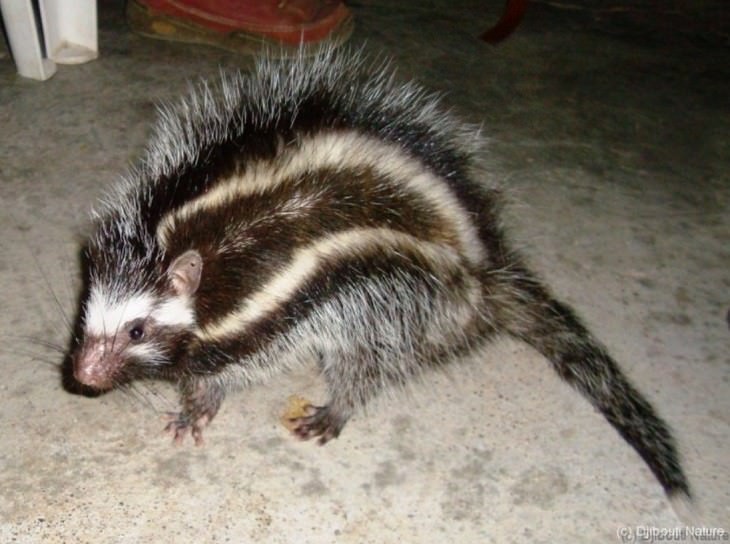
When you see this lizard you do not have to fear for your life, despite the mythical monster with the stone gaze that gave it its name. However, there is no doubt that the bumps on their heads and the ability of these lizards to run and walk on water will certainly surprise you. The sights can be seen in Central America and the state of Florida in the US, where the common basilisk lives.
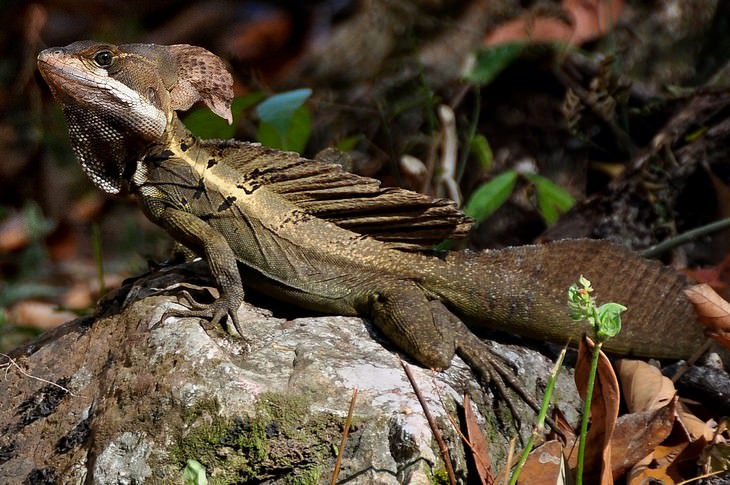
Despite their deceptive name, these mammals are dwarfed only by their large relatives, as this is still an animal that can reach a length of 150-177 cm and a weight of 180-275 kg. Like their more well-known relatives, pygmy hippos are well adapted to life on land, but they spend considerable time in bodies of water to cool their bodies and keep their skin moist. This is a lone, solitary animal, and according to the World Conservation Union, there are only about 3,000 of them left in the wild, so it is very difficult to investigate their behavior under natural conditions. 
In step with its binding name, this is the largest heron species in the world, mainly in Africa (south of the Sahara), and there are also small populations of it in South and Southwest Asia! The height of the average Goliath heron is approximately 120-152 cm and has a wingspan of 185-230 cm. In principle, Goliath herons don’t migrate from place to place, but they will abandon their habitat if conditions in their original homes change for the worse.
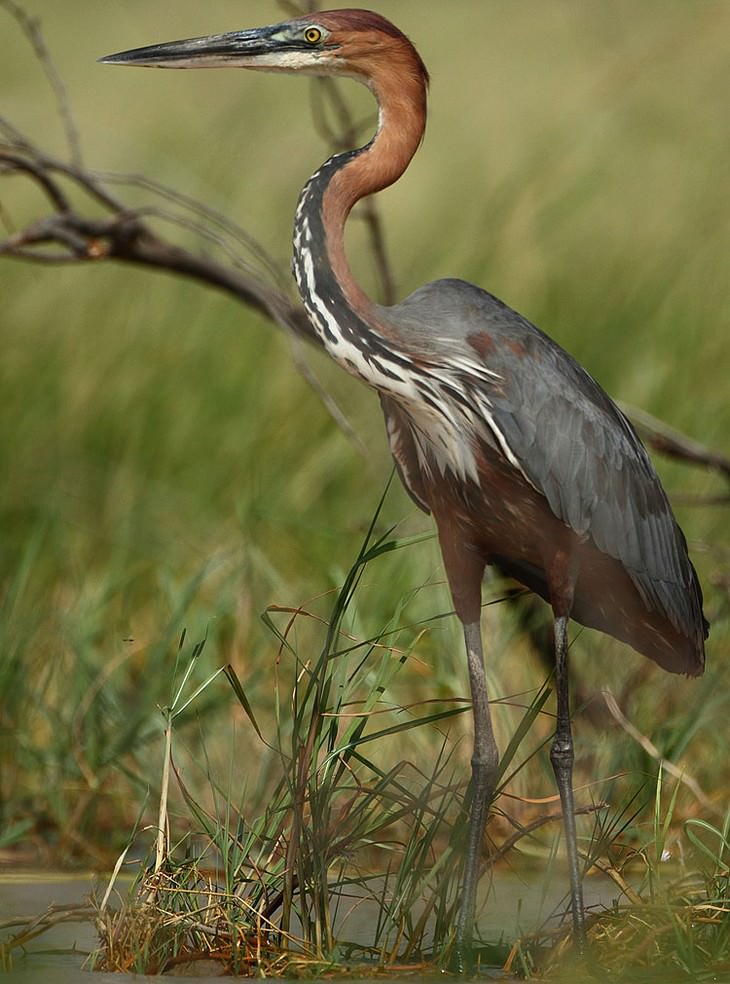
The length of this large, ancient fish (researchers speculate that this species has existed for more than 100 million years) can reach 3 meters, and as you probably guess it is a predatory fish whose main prey is other fish, but also crayfish, waterfowl, and small mammals. It has a rare ability to breathe underwater and also in the open air, a very useful feature when the swamps and rivers in which it lives in North and Central America dry out.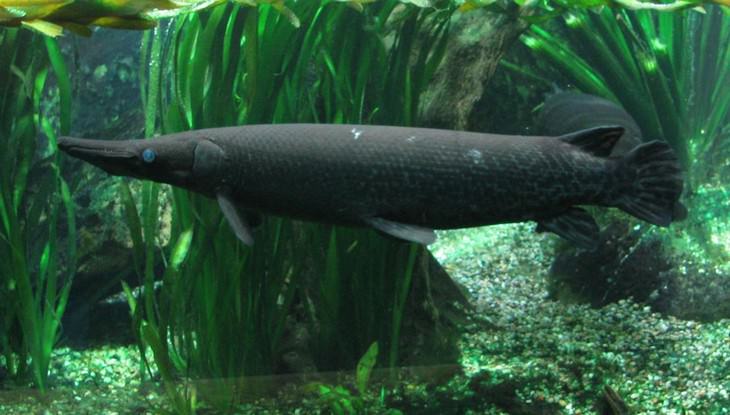
Unlike the large peacocks we know, Congo peafowl reach an average of 64-70 cm, with females smaller than males and their tail feathers much less colorful and impressive.
